Last Chance to Catch NYC's Holiday Notalgia Train
We met the voices of the NYC subway on our nostalgia ride this weekend!


The temperature is rising, the flowers are blossoming, and New Yorkers are looking for ways to get outside and enjoy the natural beauty of spring! New York botanical gardens offer a breath of fresh air among the urban landscape. Populated by an abundance of colorful plants from across the globe and intriguing art installations, you can find these gardens all over NYC. Discover your garden!
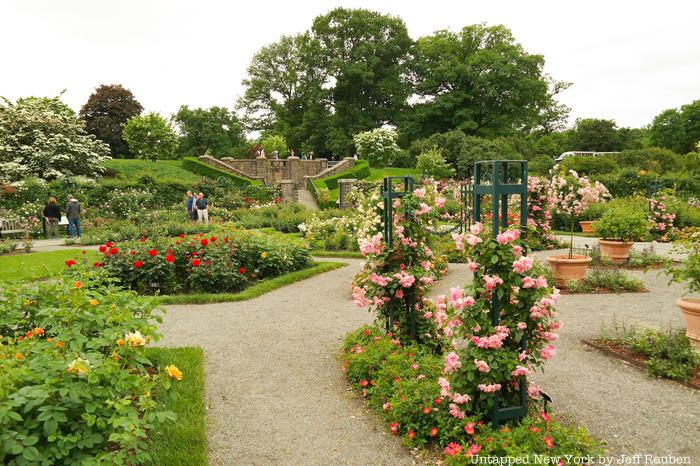
The New York Botanical Garden boasts one million different types of plants that grow within the Garden’s 250-acre site, the largest in the five boroughs. There are various types of natural settings you can wander through, including the Thain Family Forest, the Perennial and Herb Gardens, Chilton Azalea Garden, and the colorful Rockefeller Rose Garden. Each year, the NYBG invites artists to engage with the plants by creating large-scale installations. In the past, the garden has featured work by the likes of Yayoi Kusama and other artists.
In addition to the gorgeous natural scenes outside, the garden also has a handful of historic structures which are impressive on their own. The Enid A. Haupt Conservatory is a centerpiece structure that was built by Lord & Burnham Company in 1902. Restoration of this glass-domed conservatory occurs roughly every twenty years to ensure it will stick around for future generations to enjoy.
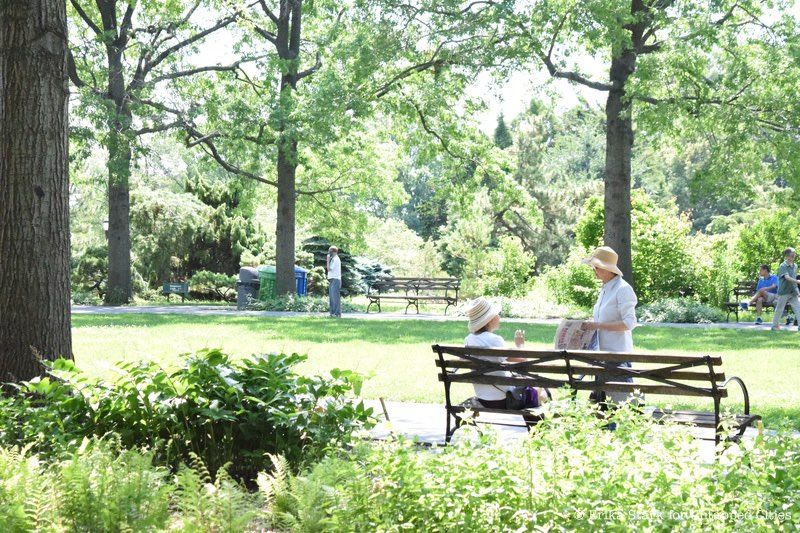
The Queens Botanical Garden as we know it today evolved from the “Gardens on Parade” exhibit showcased at the 1939-1940 New York World’s Fair. After the fair, The Queens Botanical Garden Society was formed in 1946 and local residents worked to save and expand the original exhibit. The garden was moved to its current location, at the northeast corner of Flushing Meadows-Corona Park, in 1961 and has since grown to a 39-acre oasis of blooming plant life.
You can still see two blue Atlas cedars from the 1939 fair today. The historic trees frame the iconic tree gate sculpture at the Garden’s Main Street entrance. Today, the garden boasts a variety of different sections including a fragrance walk, a children’s garden, a farm and compost center, an herb garden, a pinetum, and more!
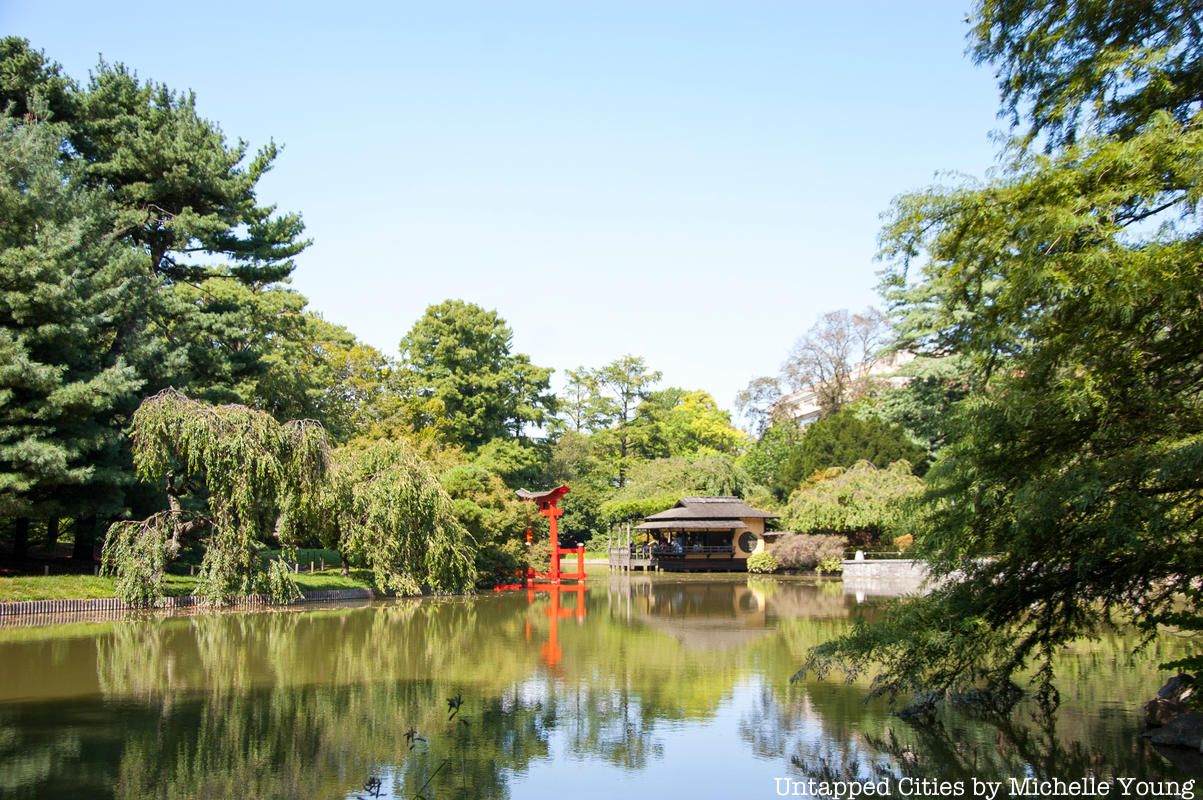
Located within the Prospect Park neighborhood, the Brooklyn Botanic Garden offers fifty-two acres of beautiful natural landscapes. New Yorkers can find respite in the zen Japanese Garden, visit the rock garden, smell the flowers in the fragrance garden, and soak up the beauty of the site’s many varied landscapes. it is also one of the best places in NYC to see Cherry Blossoms!
Before being developed into the stunning gardens we see today, the land here was used as an ash dump. The first horticultural display to be planted at the site was what is today the Native Flora Garden, created in 1911. Original plans for the park were designed by Frederick Jr. and John Charles Olmsted, the sons of Frederick Olmsted, but the job was completed by Harold Caparn. Caparn also lent his landscape design services to Bronx Zoo, Columbus Park in Yonkers, John Jay Park on the Upper East Side, and other green spaces in the New York City region.
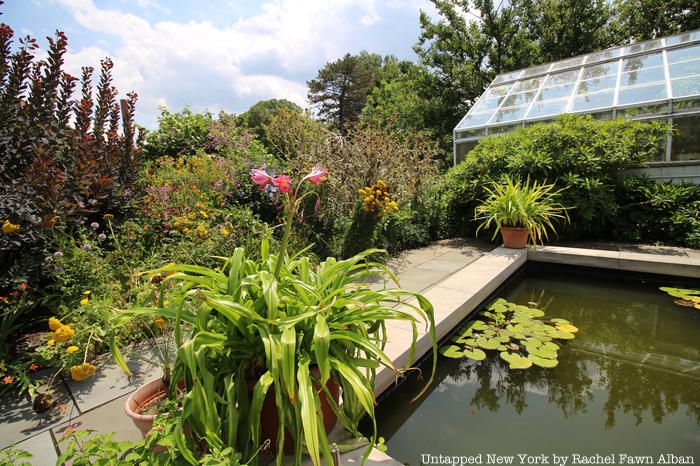
A visit to Snug Harbor makes for a lovely day trip from Manhattan. A ride on the Staten Island Ferry will deliver you to the cultural center and garden that was originally founded in 1801 by Captain Robert Richard Randall as a home for retired seamen. Officially opened in 1833, the retirement compound remained open until the 1960s.
Snug Harbor was declared a National Historic Landmark and reopened in 1976 as a cultural institution with a botanic garden, a theater, a chapel, a farm, museums, cottages, and much more. Today, visitors can enjoy the White Garden, Rose Garden, and Healing Garden.
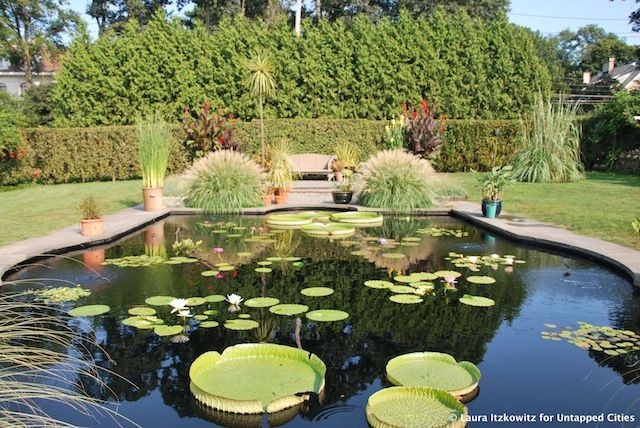
At Wave Hill, guests are treated to a series of distinct and intimate gardens along with sweeping views of the Hudson River and the Palisades across the way. The twenty acres of natural landscapes are composed of gardens and woodland in the Riverdale neighborhood of the Bronx.
Wave Hill has been a public garden since 1965, but it was originally a 19th-century estate that attracted such famous figures as Theodore Roosevelt and Mark Twain. The estate originally belonged to William Lewis Morris, grandnephew of Lewis Morris (a signer of the Declaration of Independence), and later the dilettante New York publisher William Henry Appleton. It was the final owner, George W. Perkins, who donated the estate to the City of New York in the 1960s.
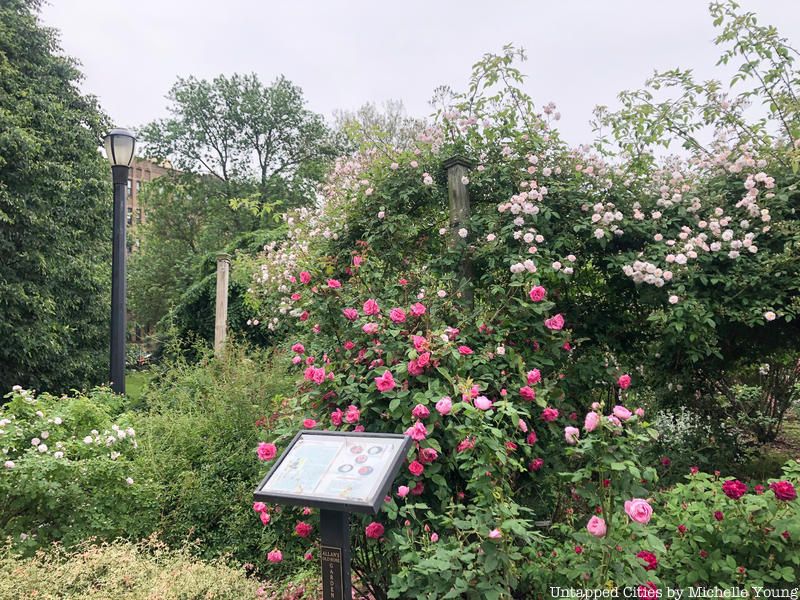
The Narrows Botanical Garden is a unique volunteer-run garden in Bay Ridge Brooklyn. The four-and-a-half acres of gardens that run along Shore Road offer a spectacular view of the Narrows waterway. Visitors to the park can enjoy the Native Plant Sanctuary, Lily Pond, Zen Garden, the Old and Modern Rose Gardens, and the Native Meadow Flower Hillside.
The Narrows Botanical Garden hosts a series of annual events, including outdoor summer movies and an autumn Harvest Festival. Along with New York City’s big botanical gardens, there are also many smaller community gardens throughout the city that have reopened for visitors, including the Jefferson Market Garden and the Lotus Garden on the Upper West Side.
Next, check out the Secrets of the Brooklyn Botanic Garden
Subscribe to our newsletter